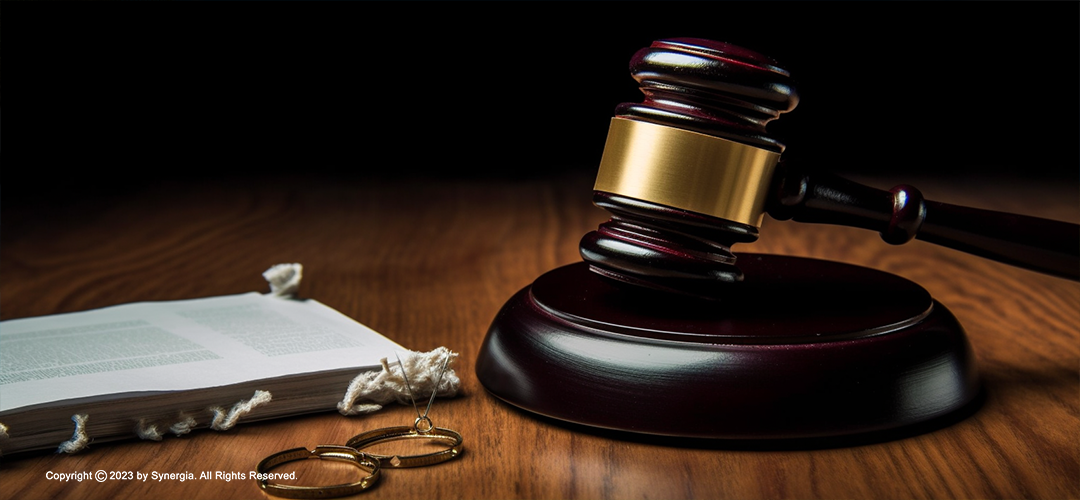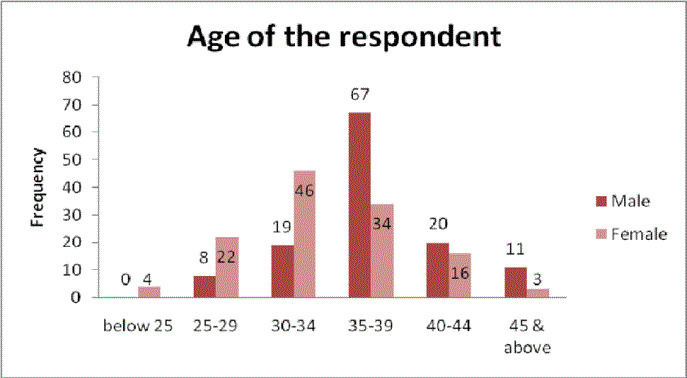Divorce Decision: an Advance in Approach
May 12, 2023 | Expert Insights

The Supreme Court recently ruled that a divorce can be granted if a marriage has irretrievably broken down. Relying on the extraordinary discretionary power in Article 142(1) of the Constitution, the court held that this power could dissolve bitter marriages long past repair. It also held that the court could do away with the six-month waiting period required for divorce by mutual consent.
This is a significant decision because, so far, divorce has been based on the idea of fault – that one partner should have committed a matrimonial offence for divorce to be granted. However, this decision opens up the legal approach towards divorce and recognises that a marriage can be broken down beyond repair without a legal fault being committed.
Background
The court relied on the special powers of Article 142 to pass this decision. Article 142 is a provision in the Constitution that provides extraordinary discretionary powers to the Supreme Court to pass orders that are necessary to achieve complete justice in a case. This special power allows the court to ensure that the rights and interests of parties are protected even when the existing laws may not adequately provide remedies.
The court can use this discretionary power in a variety of situations and circumstances based on considerations of 'justice, equity, and good conscience'. It is also known as a residuary source of law or "judicial legislation" since it effectively allows the Supreme Court to pass decisions beyond existing legislation.
Before this ruling, couples seeking a divorce in India had to prove one of the specific grounds for divorce mentioned in divorce law, such as cruelty, adultery, fraud, or desertion. The laws on divorce, such as the Hindu Marriage Act, the Special Marriage Act, the Indian Divorce Act, and personal laws, allow divorce based on a specific fault being committed. These laws are largely derived from longstanding customs and practices. Traditionally, divorce in India has been viewed as a step to be taken in case of specific faults committed, such as violence or adultery. However, the new ruling introduces a new ground for divorce - the irretrievable breakdown of a marriage.
Relying on Article 142, the court also waived the waiting period that is required for divorce by mutual consent under the Hindu Marriage Act. After filing the first motion seeking divorce by mutual consent, a couple has to wait for at least six months as a "cooling off" period before going ahead with the divorce proceedings.

Analysis
The decision is a significant one because it widens the legal understanding of divorce and sets a precedent for more such decisions. It goes beyond the narrow basis for divorce based on fault and encompasses a more socially relevant interpretation of divorce. The five-judge bench held that the court can dissolve a marriage on the basis that reconciliation or restoration of the marriage is not possible anymore. So far, the norm followed in divorce cases is that either partner should have committed a fault. By introducing a new ground – an irretrievable breakdown of marriage – the court has recognised that marriages can fail and fall apart without a legal fault being committed.
The decision also paves the way for smoother and quicker resolution of divorce cases. Doing away with the waiting period offers relief to couples mired in lengthy legal battles and stuck in a dead marriage. The court further held that divorce can be granted even when one party opposes the divorce. By easing the conditions for divorce, the decision could allow divorce to become a less cumbersome and harrowing process for the parties involved.
However, as the judgment has emphasised, the court will have to exercise this discretionary power with caution. Divorce can have serious ramifications for women, given the unequal status of women in several marriages, the social stigma involved, and the fact that many women face gender discrimination and lack of financial independence.
For this reason, the judgment laid down guiding principles for exercising this power. The court would have to consider several factors, such as the number of attempts the couple has made to settle their disputes and the period of separation. It also emphasised that divorce is not a matter of right but a matter of discretion to be exercised with great care.
Assessment
- The decision is an interesting ruling that advances divorce jurisprudence to adapt to social reality and go beyond existing laws based on historic customs. It expands the scope for granting divorce and enables a smoother legal process.
- The verdict offers a new avenue for couples trapped in bitter marriages and individuals looking to move out of an unhappy marriage.
- It is also a significant instance of how the court can use its discretionary power to go beyond the letter of the law or procedural stipulations to achieve a more substantial justice. However, the discretionary power will have to be exercised with caution, given the difficult ramifications that divorce can often have for women.








Comments